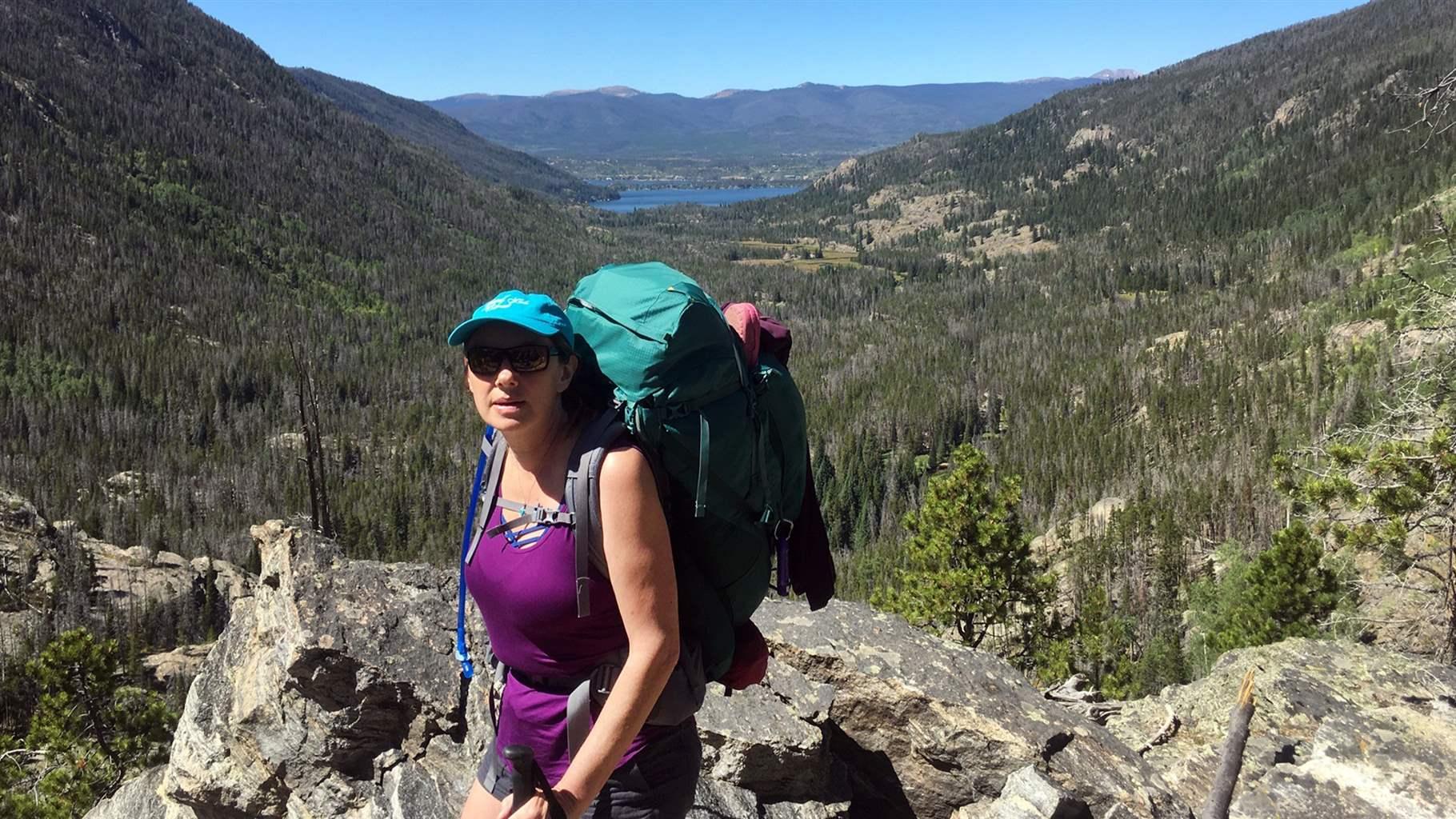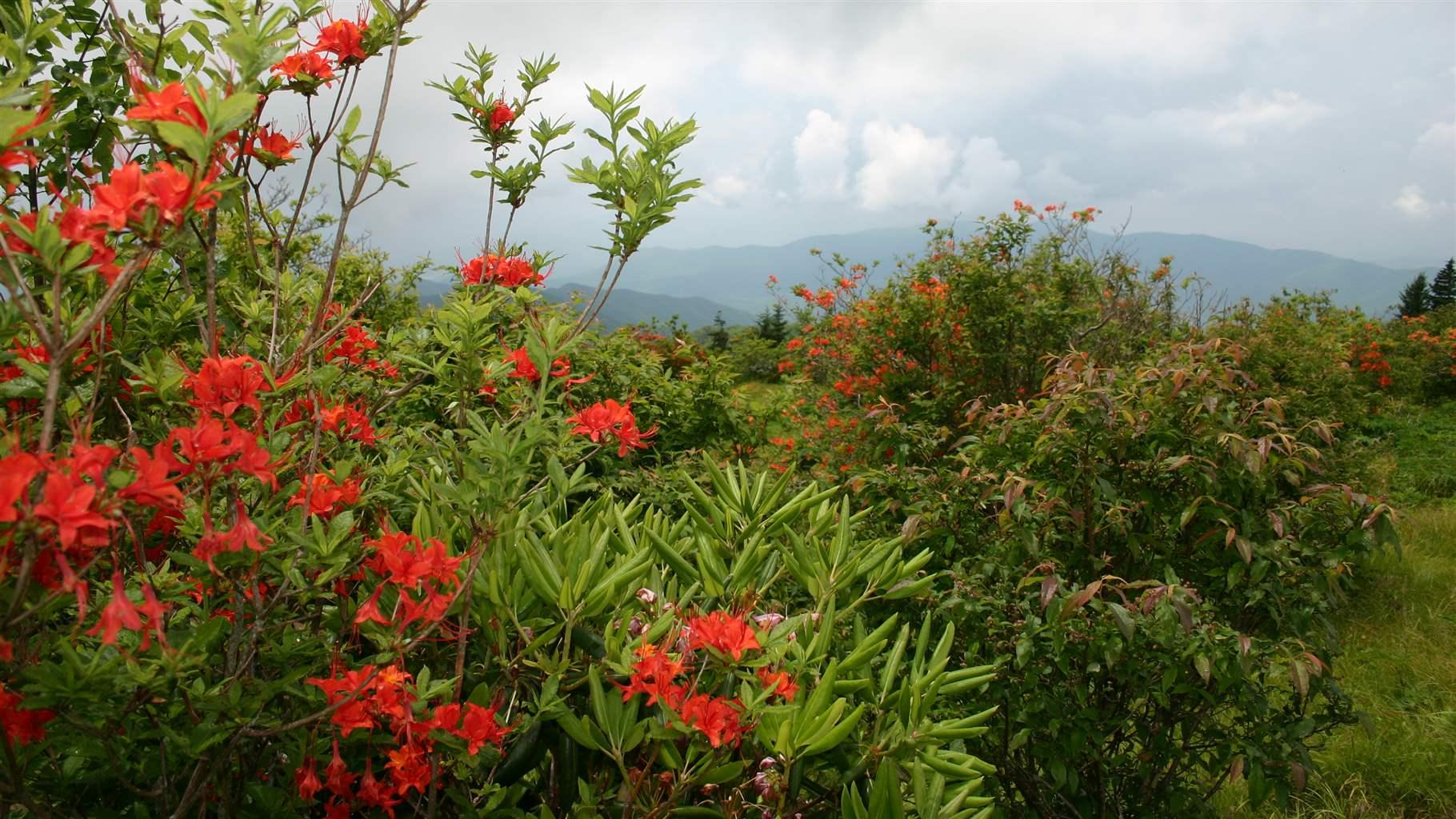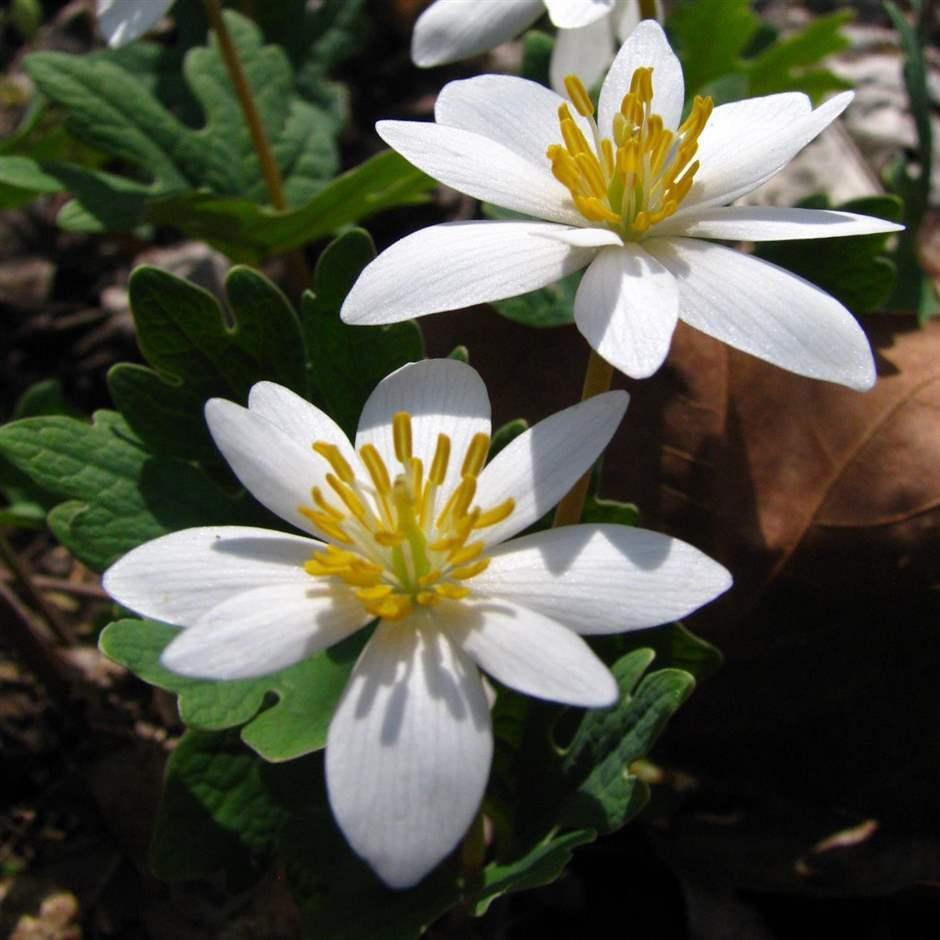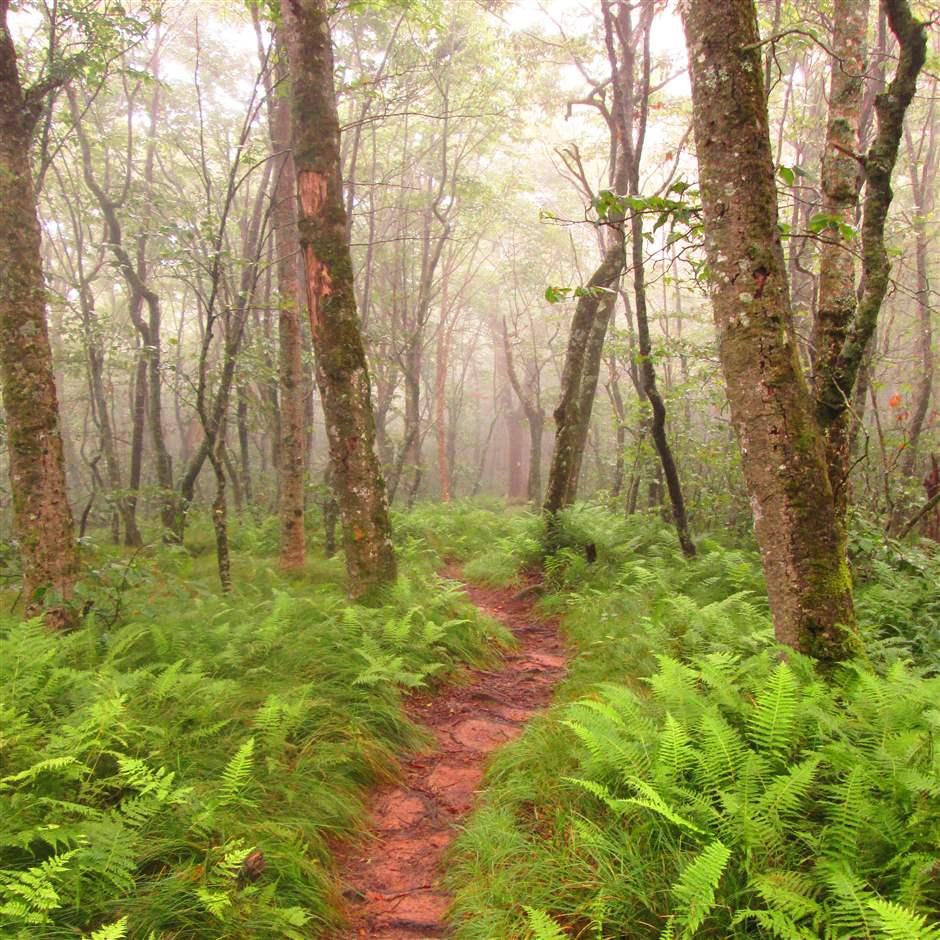Small-Business Owner Concerned About Great Smoky Mountains National Park's Repair Needs
Q&A reveals trail expert’s hope that park will get help to sustain tourism

Vesna Plakanis left her job as an Atlanta television news producer in 1998 to open the Tennessee business A Walk in the Woods with her husband, Erik, on the edge of Great Smoky Mountains National Park. She has covered thousands of miles of trails and is an expert in leave no trace, medicinal and edible plants, animal tracking, and wilderness survival and a storyteller specializing in Cherokee and settler legends. The Pew Charitable Trusts spoke with Plakanis about how she and her community are handling the COVID-19 pandemic and why Congress should invest in priority repairs at America’s national park sites.
Q: When you give tours at Great Smoky, what captivates the guests most?
A: As guides, we try to tell a story that will capture attention, generate enthusiasm, and create experiences that lead to quiet reflection. In the Smokies, this is easy to do. There is something for everyone in the incredible park. Human history—from the fascinating Cherokee culture to the rugged people from Scotland and Ireland who settled these lands—is woven in the fabric of every trail.
The park also boasts more species of life than anywhere in the temperate zone, including almost 2,000 types of gorgeous flowering plants, 16 trees that are the largest of their species on the planet, and over 600 species of lush mosses—there is a visual treat that awaits the traveler around every corner. In a world where we think we have discovered everything, experts say this park holds an estimated 60,000 undiscovered species. In fact, the nonprofit Discover Life in America, with the help of students and the general public, has discovered over 1,000 species in the park! With 900 miles of trails, the tallest mountain peaks east of the Rockies, and over 3,000 miles of streams, the park is a delight for every traveler.
Q: What’s happening in the gateway communities of Gatlinburg and Pigeon Forge, which in normal times are bustling with park tourists?
A: Since mid-March, the park has been closed, and the gateway communities have been quiet. Spring is normally incredibly busy with spring breakers, Appalachian Trail thru-hikers, people coming for our famous Spring Wildflower Pilgrimage. The atmosphere this time of year is usually one of celebration and excitement. Instead, it's been eerily quiet, but it is starting to pick up as the park has reopened a few areas to the public.
Q: How has this affected A Walk in the Woods?
A: We were supposed to begin training our new guides on March 15. Instead I had to tell our six new hires that there was no work for them and that we were postponing training indefinitely. Several had already moved to the area for us; one had bought a plane ticket from California. Our returning guides were anxious to start the normally busy season, but after only a week of spring hikes, we had to close down and lay everyone off. In all, we laid off 16 employees, not including those six new hires. This has impacted my husband and I greatly, leading to many sleepless nights.
We are a family-run organization, and we look at our staff as family. It is not unusual to have three or four employee dogs and at least one toddler in the office. We are a close-knit organization, and having to tell our staff, several of whom have been with us for a decade, that we just don't know when we can safely bring them back to work—it is devastating to us.
Q: Great Smoky Mountains National Park has hundreds of millions of dollars in deferred maintenance. Why do you think Congress needs to invest in fixing America’s national parks?
A: This isolation has in some ways been a blessing. Over and over on social media, talking to friends and family and hearing from past clients, I hear how people are taking inventory of their lives. This forced pause is allowing us to see things we have not seen in a while, from enjoying the birds at our bird feeders, to laughing at the antics of our backyard squirrels, to enjoying the laughter of our kids as they explore their neighborhoods again. We are awakening to the idea that our normal existence was not so normal.
This awakening has allowed us as a society to understand the importance of our natural world, an experience that we took for granted until recently. People are hungry for the healing touch of nature, and our national parks are the perfect place to welcome them when we can once again safely explore our world. Science has shown time after time that being in nature is the cure for so much of what ails us. It will be even more important than ever that our parks are ready to welcome guests back. Funding for deferred maintenance is even more urgent now to allow the parks to handle the anticipated influx of visitors.
You can watch Plakanis give a tour and talk more about the importance of fixing our national parks in a piece that Pew commissioned for the This American Land series.















